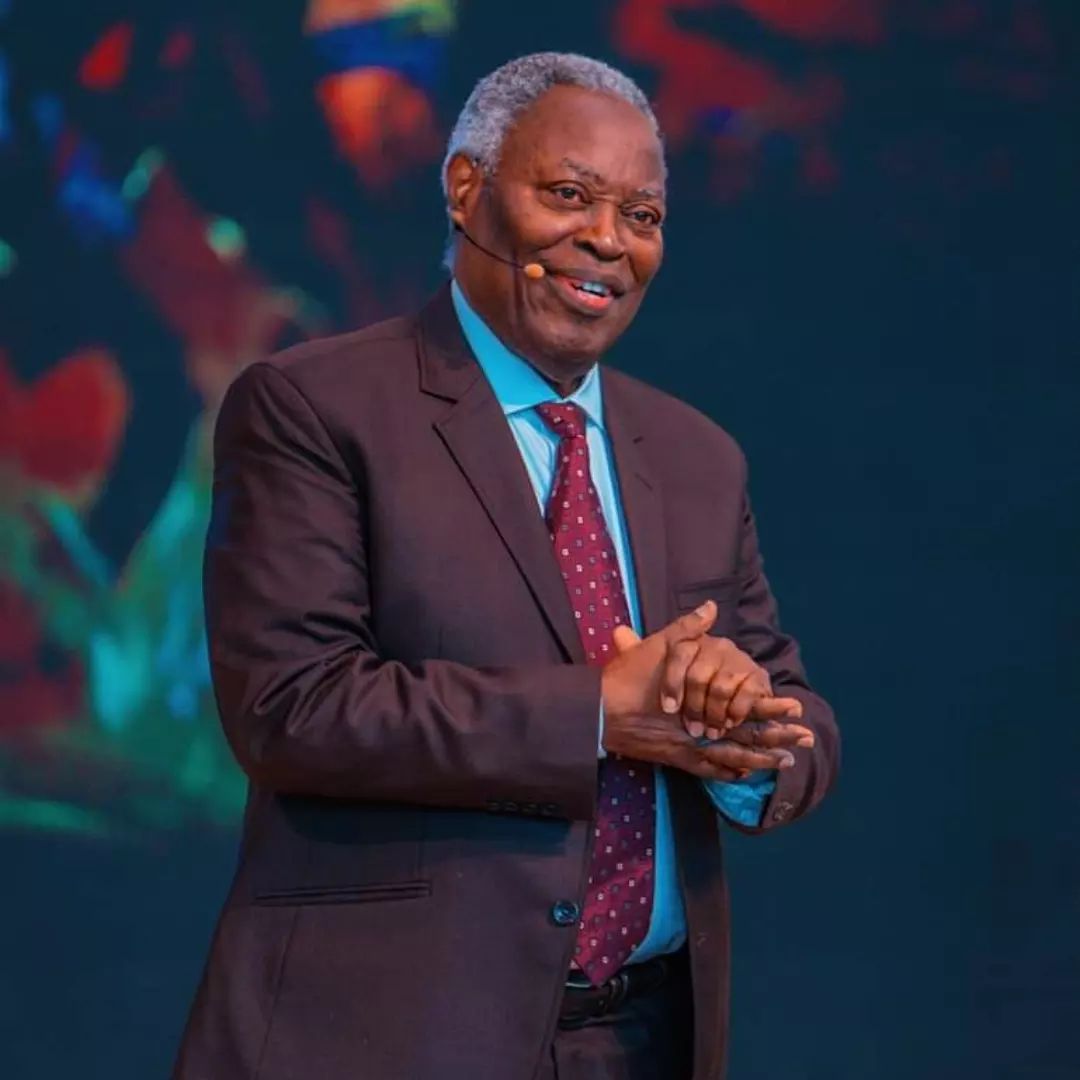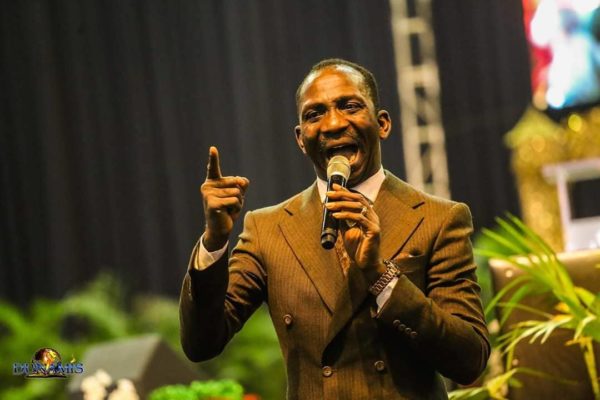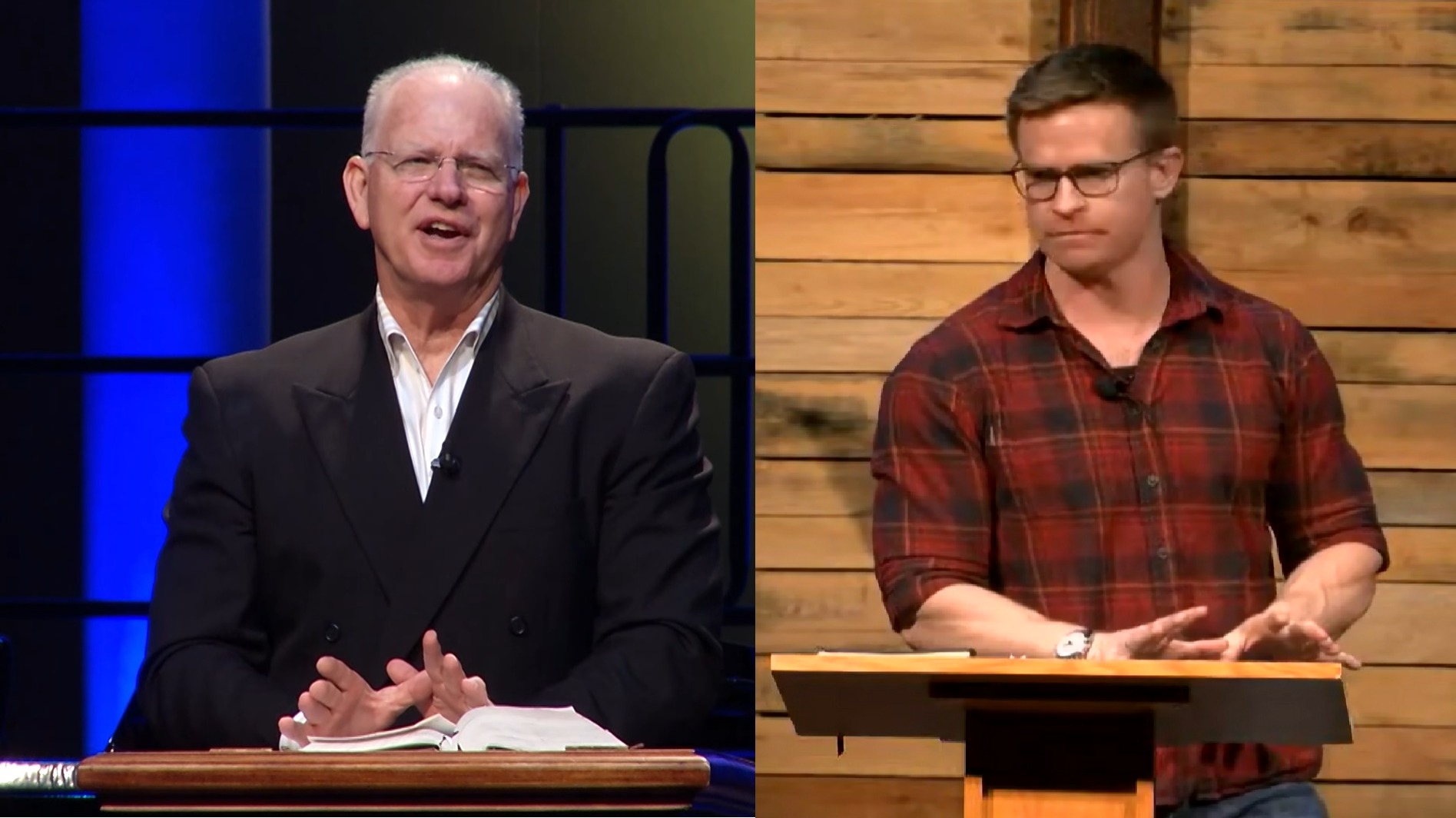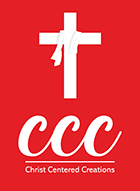Sings that Point to Jesus
The Old Testament contains “types,” that is, symbolic personages and things and events that point forward to fulfillment, especially the climactic fulfillment in Christ. Some types are obvious because the New Testament talks about them at length. For example, the priesthood of Aaron and his sons, described in the Mosaic law, is fulfilled in the heavenly priesthood of Christ, according to Hebrews 5–10. The Passover feast, commemorating God’s deliverance of Israel from Egyptian slavery, is fulfilled in the death of Christ, the Passover lamb: “For Christ, our Passover lamb, has been sacrificed” (1 Cor. 5:7). Christ delivered us from slavery to sin and death. The Last Supper, recorded in Matthew, Mark, and Luke, was a Passover meal but filled with new meaning as Jesus inaugurates the “new covenant” (Matt. 26:28; Mark 14:24; Luke 22:20). The Lord’s Supper is now the church’s commemorative feast, analogous to Israel’s annual Passover celebration.
But these obvious types are only the beginning. Many personages and events and institutions in the Old Testament have a symbolic dimension and point to Christ and his work. At the same time, they never measure up to Christ’s work, which is unique. So we may miss some of their significance if we do not notice that there is a symbolic meaning, even when there is not exact correspondence.
In Biblical Typology, scholar Vern S. Poythress teaches readers how to find and interpret types in the Old Testament that point to Christ, the church, and the consummation to deepen their understanding of the Bible and the wisdom of God.
Here are ten lesser-known types that point forward to Jesus. Not everyone agrees—which is one reason why they are lesser known. See whether you agree that there is a symbolic aspect pointing forward to Christ.
1. Let There Be Light
God created by speaking, including the creation of light in Genesis 1:3. The individual speeches in Genesis 1 are derivative from the great, eternal speech of God mentioned in John 1:1:
In the beginning was the Word, and the Word was with God, and the Word was God.
John 1 goes on to indicate that “[a]ll things were made through him [the Word]” (verse 3), thus alluding to Genesis 1. John 1 confirms that the eternal Word, now become incarnate, was the agent of creation along with the Father and the Spirit.
Jesus also says in John 8:12, “I am the light of the world.” Physical light, created by God in Genesis, anticipates Jesus who is the climactic spiritual light.
2. Enoch
As for Enoch, God “took him” when he was 365 years old (Gen. 5:23–24). He did not die. His victory over death anticipates Christ’s resurrection.
3. Jacob’s Flight from Shechem
Jacob and his family were in danger of being wiped out by the surrounding Canaanites after his sons took vengeance on Shechem. God rescued and protected him as he traveled to Bethel (Gen. 34:30–31; Gen. 35:5). This event, like many instances of rescue from death, anticipates the work of Jesus in rescuing us from death by undergoing death and being raised again.
4. Judah’s Offer
Judah offered himself as a substitute for Benjamin (Gen. 44:33), offering to take the punishment that was going to fall on Benjamin. Many people notice that Joseph foreshadows Christ in a number of ways. That is more obvious. But it is easy to miss this small incident with Judah.
5. The Crossing of the Red Sea
The people of Israel went down into the midst of the waters of the sea (Ex. 14:22), symbolizing death, and came up on the other side, symbolizing resurrection. It is a type or foreshadowing of Christ’s death and resurrection (see 1 Cor. 10:1–2).
6. Water from the Rock
“Rock” is sometimes a name for God (Deut. 32:15, 18, 30, 31). In Exodus 17:6 Moses was told to strike the rock so that water would come out. The people were guilty of unbelief and complaining against God. But instead of striking the people, Moses struck the rock, the symbol for God. Symbolically, God took the punishment that was due to the people. And the result was water, which symbolizes life. This picture foreshadows Jesus’s death. Jesus, who is God, bears the punishment due to his people. And the result is the outflowing of the water of eternal life (John 4:14; John 7:37–39; John 19:34; see 1 Cor. 10:4).
Physical light, created by God in Genesis, anticipates Jesus who is the climactic spiritual light.
7. Restoring Damage from Grazing or Fire
In order to pay for a damaged field, the responsible person has to substitute an equal amount from his own possessions. This restoration is a principle of justice. Jesus Christ was our substitute to pay the penalty for our sins (Isa. 53:5–6; 1 Pet. 2:24).
8. The Elders of Israel Seeing God
Exodus 24:10–11 records that the elders of Israel “saw the God of Israel.” In order not to die, this vision needed to be mediated. They saw the God of Israel in the person of the Son (John 14:9).
9. Aaron’s Staff That Budded
In Numbers 17:1–13 God instructed Moses to set up a test with staffs for each tribe. Aaron’s staff budded overnight. The test confirmed that Aaron was the sole priestly line. One lesson is that there is only one point of access to God. In the Mosaic period, this was the high priest, who prefigured Christ. Christ is the only way to God (John 14:6). But let us not miss something else in the detail. The budding of the staff is a picture of life out of death. It thus prefigures Christ’s resurrection.
10. Balaam’s Donkey
In Number 22–24, Balaam functioned as a prophet, even prophesying specifically concerning the coming of the Messiah (Num. 24:17). Every Old Testament prophet is, at a basic level, a type of Jesus, the final prophet (Heb. 1:1–2). But Balaam as a person is an ambiguous, even unsavory character. His advice to the Moabites led to the disaster of Baal of Peor (Num. 31:16). The New Testament uses him as a negative example (2 Pet. 2:15–16; Jude 11; Rev. 2:14).
We should not overlook the role of Balaam’s donkey. The donkey spoke and functioned as a prophet to Balaam himself, serving to rescue him from death by avoiding the angel with his drawn sword (Num. 22:22–35). The rescue of Balaam is a type pointing us to Christ, who permanently and definitively rescues us from sin and death.
This list is a beginning. By studying the Old Testament carefully, we can find many other points at which the Old Testament provides shadows and symbols pointing forward to the definitive redemption in Christ.
Vern S. Poythress is the author of Biblical Typology: How the Old Testament Points to Christ, His Church, and the Consummation.

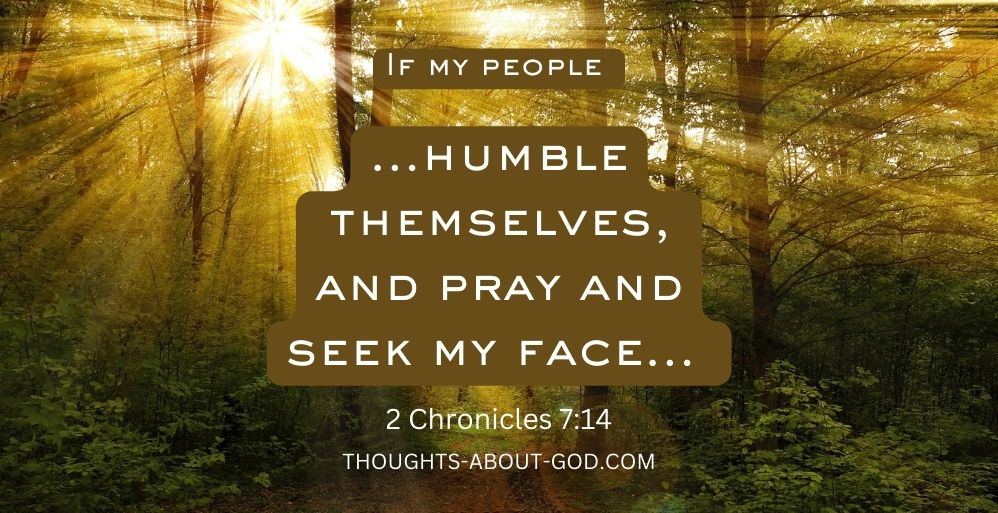



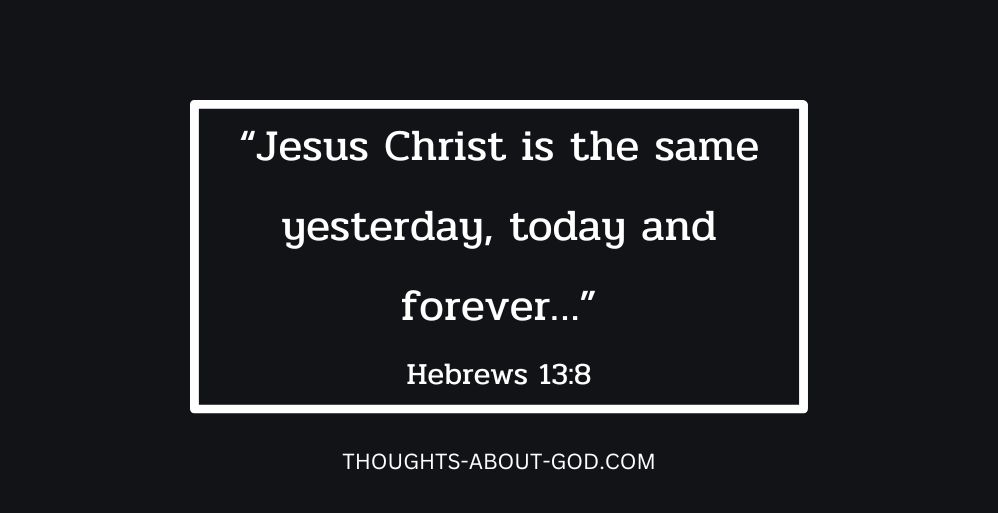





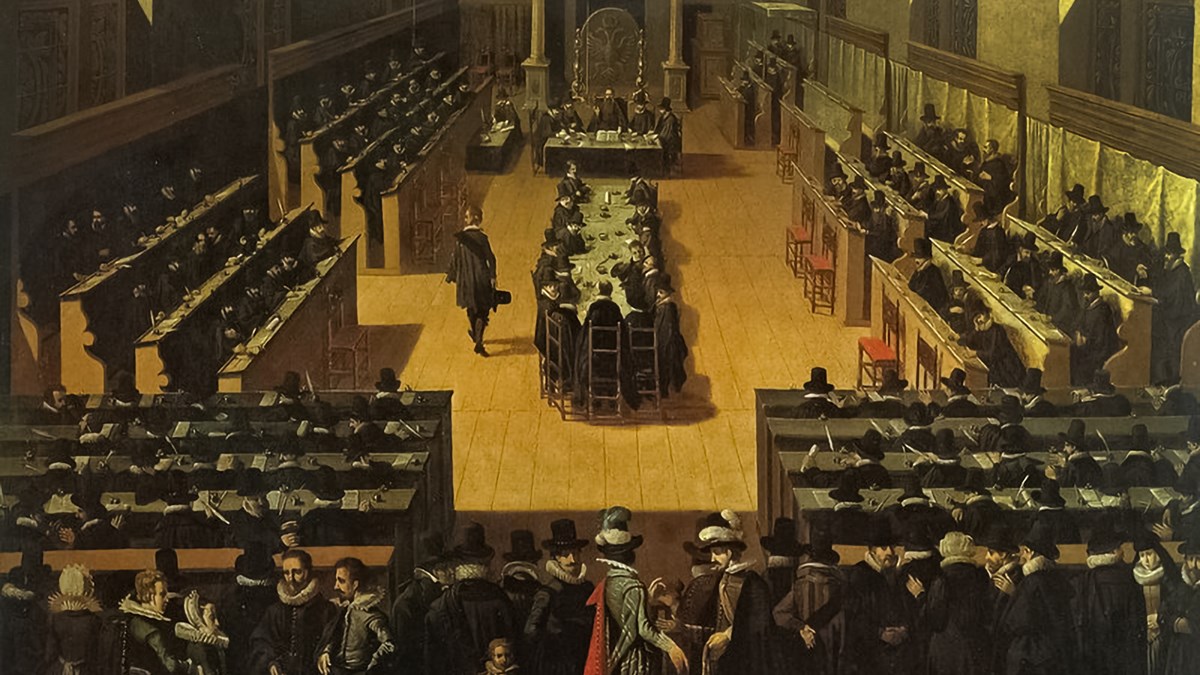

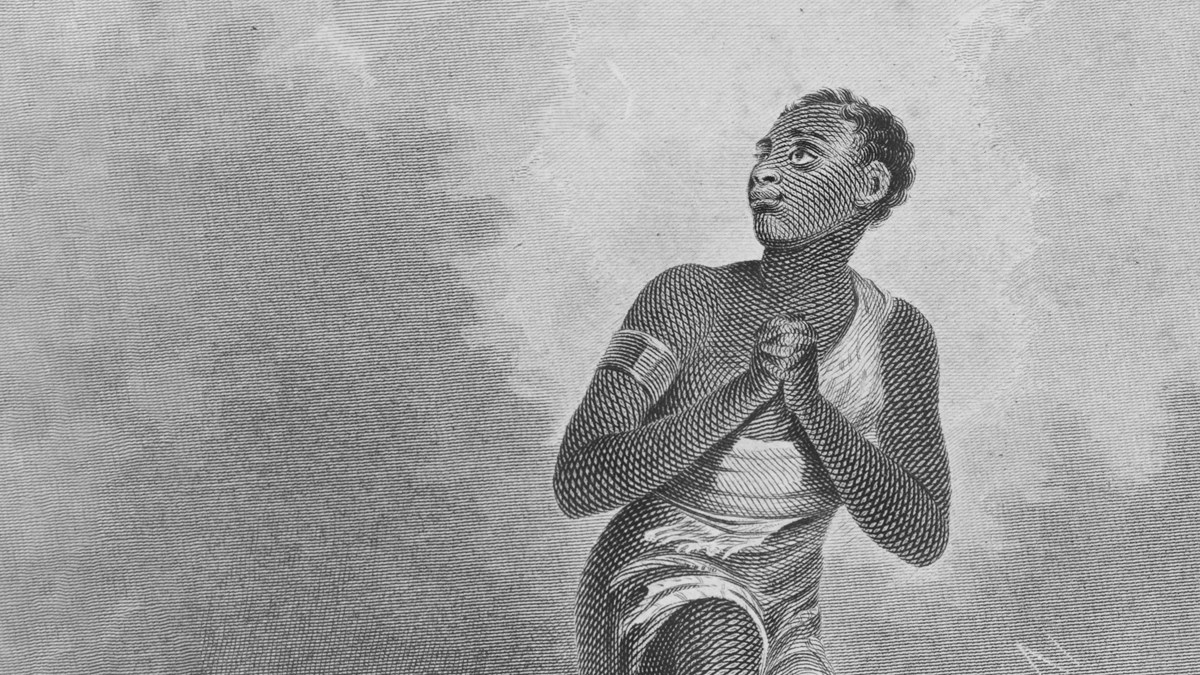
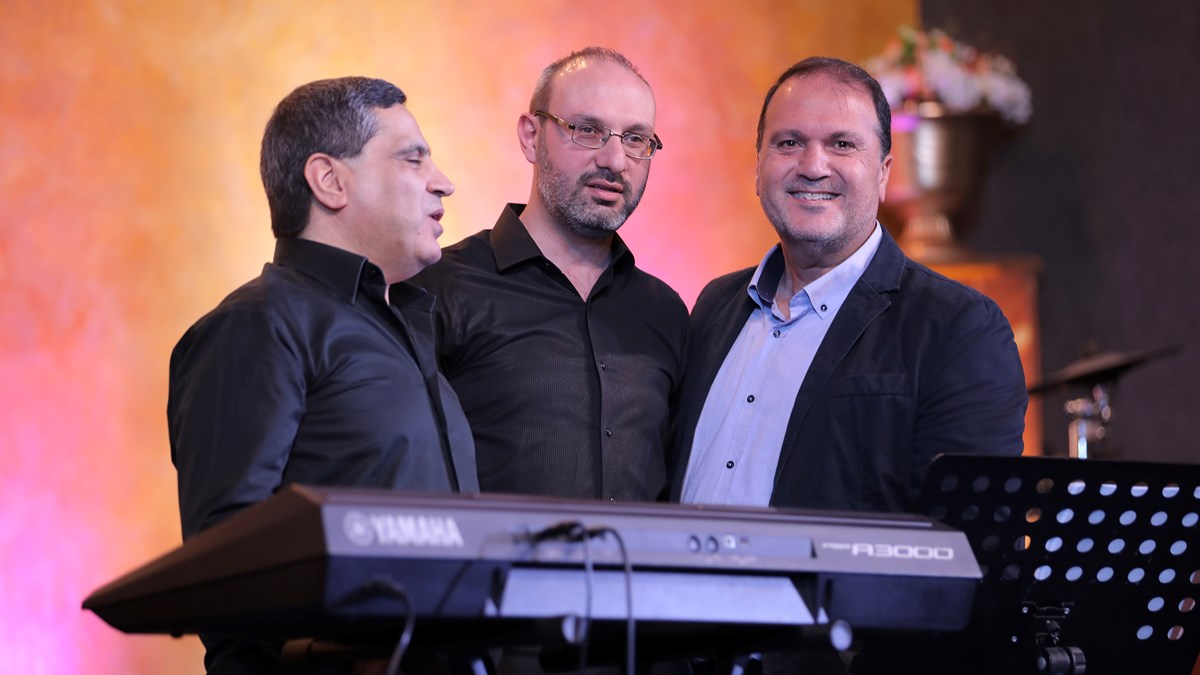
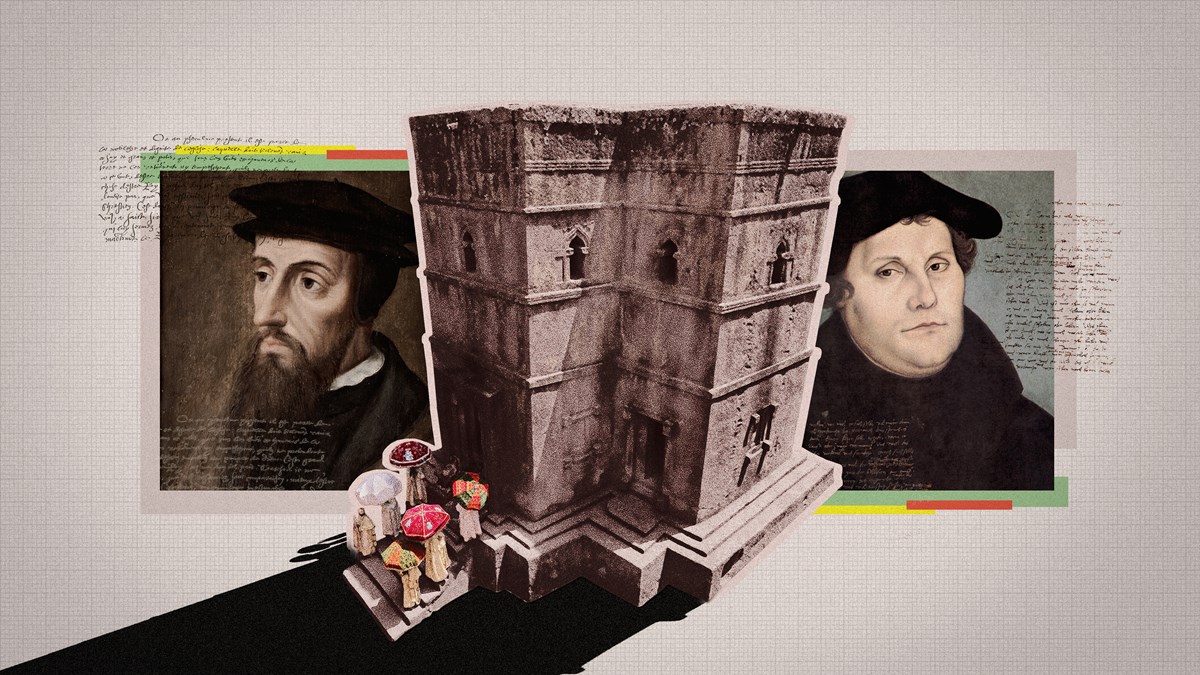
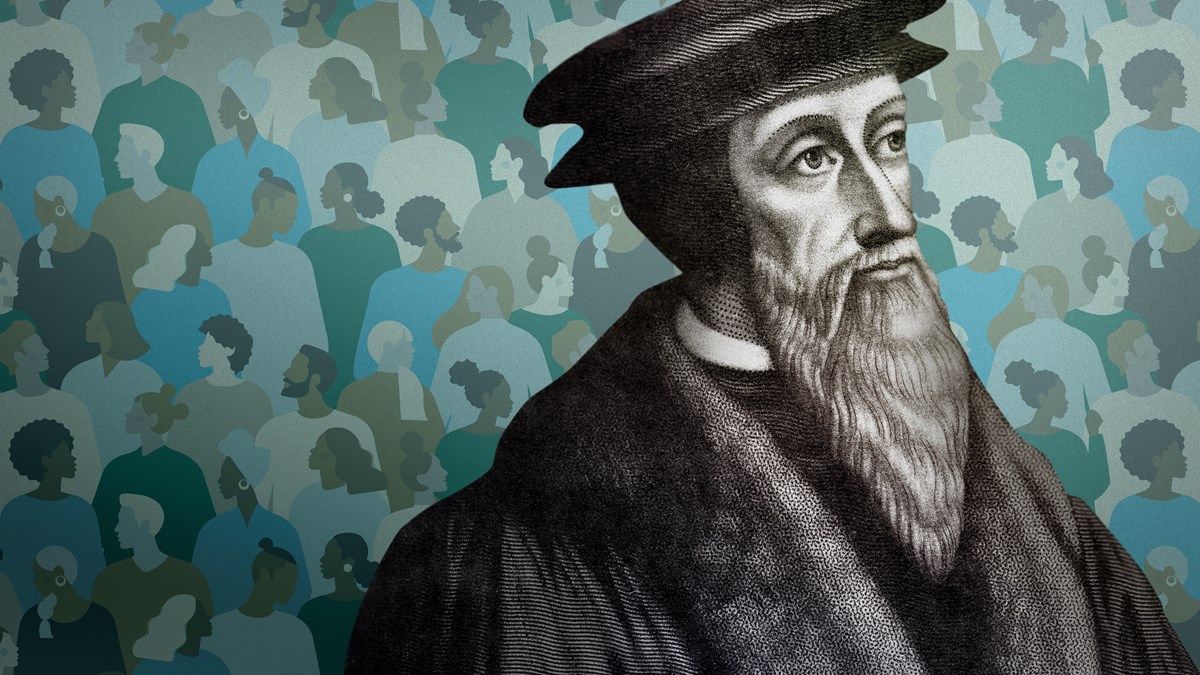


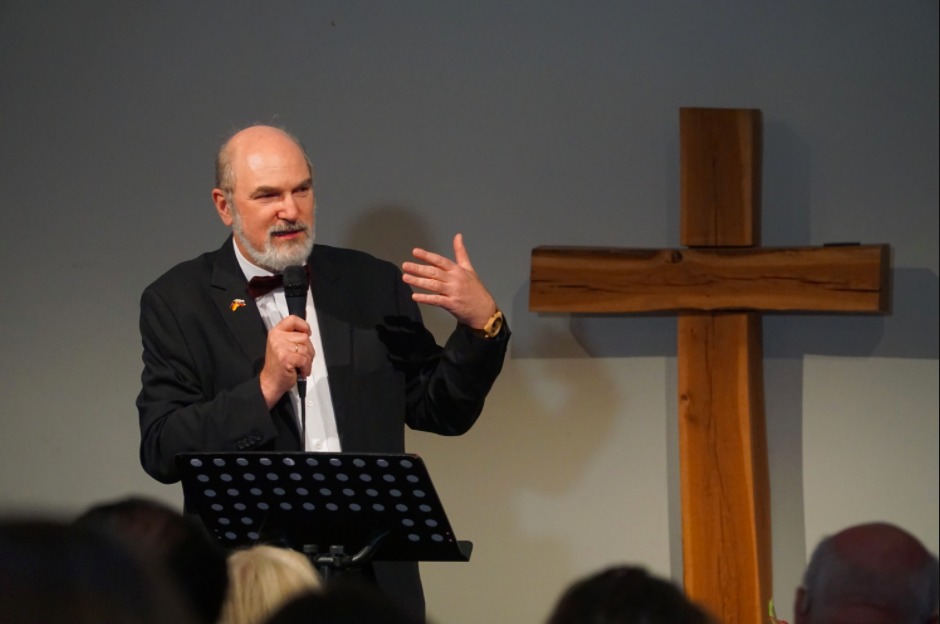

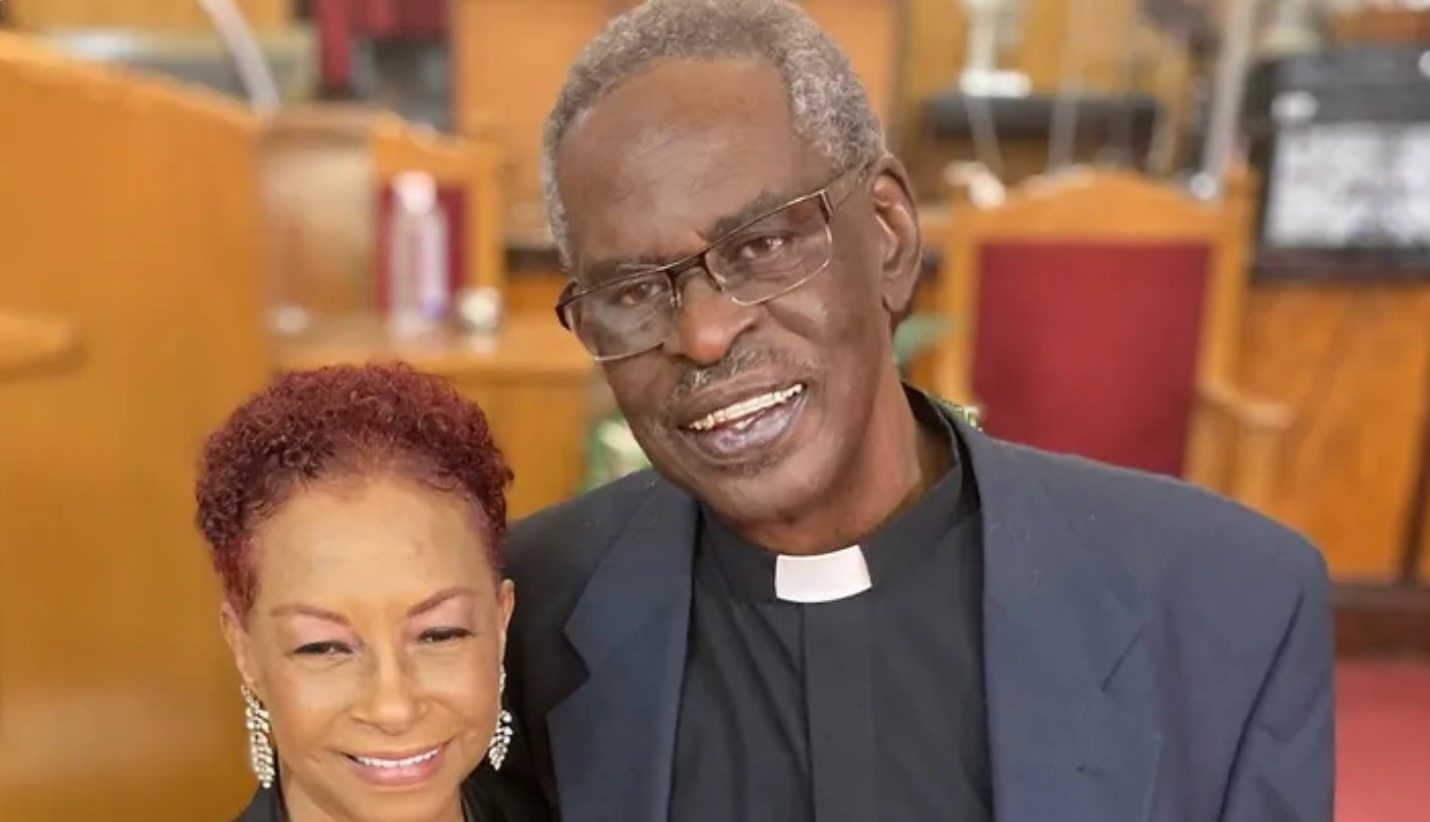




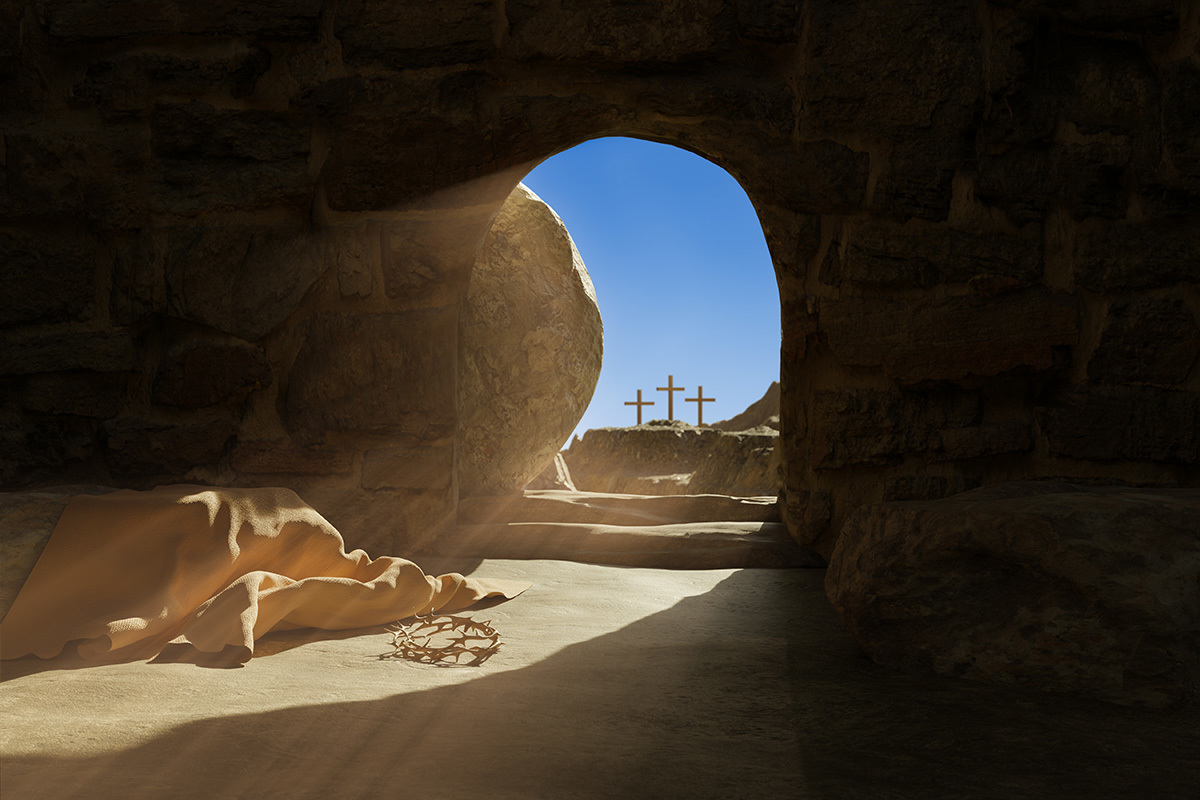

![[Video] More – Aghogho » GospelHotspot](https://gospelhotspot.net/wp-content/uploads/2024/04/More-Aghogho.jpeg)



